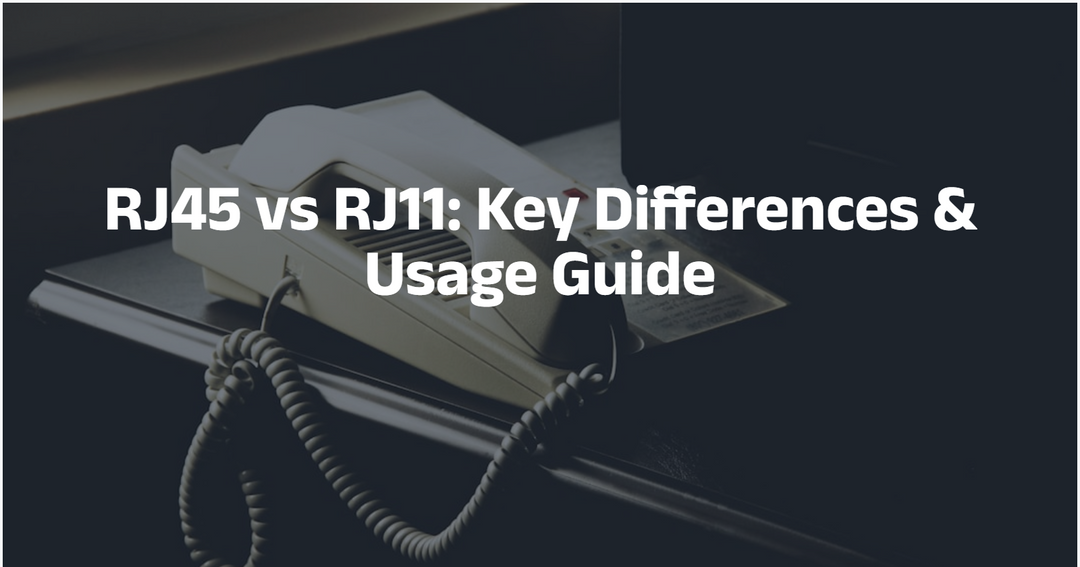How To Find Break & Short-circuit Faults In Electric Floor Heating Cables
Electric floor heating cables are an effective, reliable, and efficient way to maintain your desired room temperature throughout the year. However, no matter how good something is, there’s always room for improvement.
Luckily, this article will show you some tricks on how to find the break and short-circuit faults in electric floor heating cables as fast as possible.
Using the Thermal Imaging Camera
When using a thermal imaging camera, it is important to be sure that the room is as dark as possible. The room should also be kept at a cooler temperature than usual. This will make it easier for you to see which cables are heated and need repair because they show up more clearly against the cold floor.
If there aren't any window coverings such as curtains or shades in the windows, then make sure that you place something over them so they don't affect your inspection with sunlight coming through onto the floor.
If you want to find a break or short-circuit faults in your electric floor heating cables, this is quite an easy way to use a thermal imaging camera. This will allow you to see the heat signature of the cables, and any areas that are not functioning properly will stand out.
To use a thermal imaging camera, simply turn it on and point it at the area you want to inspect. If there are any breaks or short circuits, they will show up as darker areas on the screen. You can then mark these areas so that you can repair them later.
Thermal imaging cameras are a great tool for finding faults in electric floor heating cables, and they can save you a lot of time and hassle. A break or short circuit fault won't necessarily be immediately obvious to the naked eye - but with a thermal imaging camera, you'll be able to spot them quickly and easily.

When there is a problem with an electric floor heating cable, it is often because of a break or short-circuit in the cable. This can be difficult to find, but using a thermal imaging camera can help.
To use the camera, you first need to find the area where the cable is located. Then, you need to turn on the camera and look for any areas that are significantly hotter or cooler than the surrounding area.
These areas will likely indicate a break or short-circuit in the cable. If you're not sure how to use a thermal imaging camera, there are plenty of tutorials online that can help. Once you know what you're looking for, this is a quick way to diagnose problems with your electric floor heating cables.
It's also worth noting that while they can be hard to spot, the best time to inspect your electric floor heating cables is when they're cool - after hours of operation, or if you've just turned off the system. Using a thermal imaging camera makes this process much easier.
Dielectric Strength Tester Process
Only a properly trained professional should carry out this process. This procedure requires sending a range of voltages from 400 to 6000 volts through the core wire. The aim of this process is to duplicate the behavior of a sparkplug by passing a current across the ground shield of the flooring.
A dielectric strength tester is an electrical testing device that is used to measure the ability of a material to withstand an electric field. This test is important for quality control in the manufacturing of electrical components and devices.
The dielectric strength tester works by applying a high voltage to the material under test. If the material can withstand the applied voltage, then it is said to have high dielectric strength. Conversely, if the material breaks down and shorts out when subjected to a higher voltage than its design limit, then it has low dielectric strength.
When this happens, current flows through the air rather than the surface of the conductor and may cause a short circuit. The way to find a break or short-circuit faults in electric floor heating cables is to use a dielectric strength tester with predetermined parameters such as frequency range from 5 kHz to 50 kHz; maximum voltage from 100 volts; capacitance from 1 pF to 10 pF.
Measurement must be conducted on two types of metal electrodes: loop electrode (1 m long) and coaxial probe (0.5 m long). Place the loop electrode at one end of the cable and place the coaxial probe at another end of the cable so that they are perpendicular to each other on opposite sides.
Slowly increase the voltage until you hear a change in sound indicating a short circuit. Slowly decrease the voltage until you hear a change in sound indicating an open circuit. Use these sounds to determine the location of the break or short-circuit fault within the cable.
Variable AC Transformer Process
This process is much easier than the dielectric strength tester; it has little to no risks of electric shock because it deals with low voltage. The kit includes a wire extension cord that you attach to the Variable AC transformer and connect this loose end to the core wire and ground shield.
If there is an open circuit or if there are any resistance measurements then you will see these values registered on either a multimeter or ohmmeter.
This process is used to find the break or short-circuit faults in an electric floor heating cable. A variable AC transformer is used to provide the AC voltage to the floor heating cable. The current flowing through the cable is measured with a clamp meter. The voltage and current are then plotted on a graph.
If there is a break or short-circuit in the cable, there will be a drop in the voltage and an increase in the current. The slope of the line on the graph can tell you how long it took for the fault to occur. For example, if the slope is steep (higher values of current per unit time), this means that it probably took less than ten minutes for this fault to occur.
If it takes longer than 10 minutes for a fault to occur, there may be more than one break in the system which can affect your diagnosis process. When you're checking for faults, always consider that there might be more than one faulty circuit. When you find a faulty circuit, use the information from the graphs to try and trace back where the fault occurred.
You'll need to examine the cables and connections carefully to see what happened. As you test the rest of the cables, continue looking for clues as to what caused the problem. Once you have found all of the breaks or short-circuits in your system, you can start tracing them back until they lead to their source.
Noyafa NF-826 Professional Underground Cable Locator: The Easiest and Quickest Option

Are you concerned about a break or short-circuit faults in your electric floor heating cables? If so, the Noyafa NF-826 Professional Underground Cable Locator is the easiest option to help you find these faults. This device can accurately detect cables, electrical wires, and pipes buried in earth or walls.
Here’s how it works: first, identify the break or short-circuit fault in your floor heating cable. Next, connect one end of the transmitter to the positive (+) side of the circuit breaker and the other end to the floor heating cable.
Finally, connect one end of the receiver to the negative (-) side of the circuit breaker and scan the area until you hear a beeping sound. Once you’ve located the source of the noise, switch on an auxiliary light to check for damage.
By using this method, there will be no need for digging up the ground or dismantling walls because this professional underground cable locator has been designed with that process in mind.
The Noyafa NF-826 Professional Underground Cable Locator is lightweight, easy to use, waterproof, and includes a built-in alarm system that warns the user when the voltage becomes too high.
It also features an LCD screen that displays information about the detected object. So, if you want to make life easier while reducing unnecessary hassle, invest in a professional underground cable locator today.
There are plenty of options out there, but we highly recommend purchasing the Noyafa NF-826 Professional Underground Cable Locator as it comes at a low price and offers some great benefits. Plus, it's waterproof and includes a built-in alarm system to warn users when the voltage becomes too high.
What's more, it has an LCD screen that displays all relevant information about the object being detected such as distance from wire (+/-) meter reading (for locating electronic equipment), polarity (correct or reverse), continuity (or whether electricity is flowing through the wire), type of wire (e.g., copper conductor).
In conclusion, this device makes quick work of locating breaks or short-circuits faults in electric floor heating cables by detecting cables, electrical wires, and pipes buried in earth or walls.




